One night, I was working on an important document on my desktop, when the power went out. In the blink of an eye, all my unsaved work was gone.
And it wasn’t just the computer. The lights, the fans, the aircon and fridge all went out as well.
When I looked out the window, I saw that it wasn’t just my house. Power to the entire block of terrace houses had gone out as well. Even the streetlamps were out.
But, there was one house across the street that still had its lights on. How was that possible?
When I asked my neighbour about it, he said, “Their house didn’t get a blackout because they have 3-phase wiring.”
The power was restored after an hour, and the official statement from Tenaga Nasional (TNB) was that a power line had been damaged.
But I was still wondering about the house across the street that still had their power, because of “3-phase wiring”.
What is 3-phase wiring? Does it prevent blackouts from affecting my house? And how can I get it to avoid losing all my work again?
Table of Contents
What is 3-phase power?
Most older terrace homes run on single-phase electricity instead of 3-phase electricity.
In basic terms, 3-phase electricity means that electricity is delivered to your house using three power lines instead of one.
This makes your house less at risk of a blackout. If one of the power lines stops delivering power to your estate, your house may still have power because the other two lines may not be affected.
It also has the added benefit of delivering more voltage to your home. So if you have many appliances running at once, you may need 3-phase power.
Larger homes such bungalows or semi-detached homes already run on 3-phase electricity, since these homes will usually have more rooms, thus more air-conditioning units and more water heaters.
How is 3-phase power delivered to your house?
Electricity that powers our home is supplied by power generators and delivered via electrical wires in the form of alternating current, or more commonly known as AC.
There are over 60 power plants throughout Malaysia, consisting of hydroelectric, coal-fired, gas-fired, or biomass.
The generated electricity is delivered via power lines (or underground) to your estate, and then stepped down before it is connected to your house.
The electricity will then pass through these three devices:
1) Main electrical fuses
Electrical fuses help to prevent major damages to your home and your neighbourhood caused by huge surges of electricity, while they also separate incoming electricity into different circuits around your home.
2) Electric meter
This device measures your electricity usage in the form of kilowatt-hours (kWh). Both the electrical fuses and electric meter are properties of Tenaga Nasional (TNB) and cannot be tampered with.
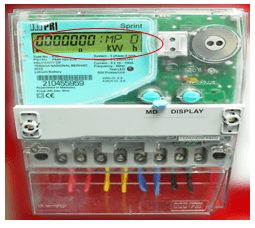
3) Distribution board
A distribution board is where electricity in your home is controlled and distributed, including plug points as well as all the electrical devices at home. Also known as the circuit breaker or fuse box, the distribution board belongs to you instead of TNB, and is installed by your own electrician.
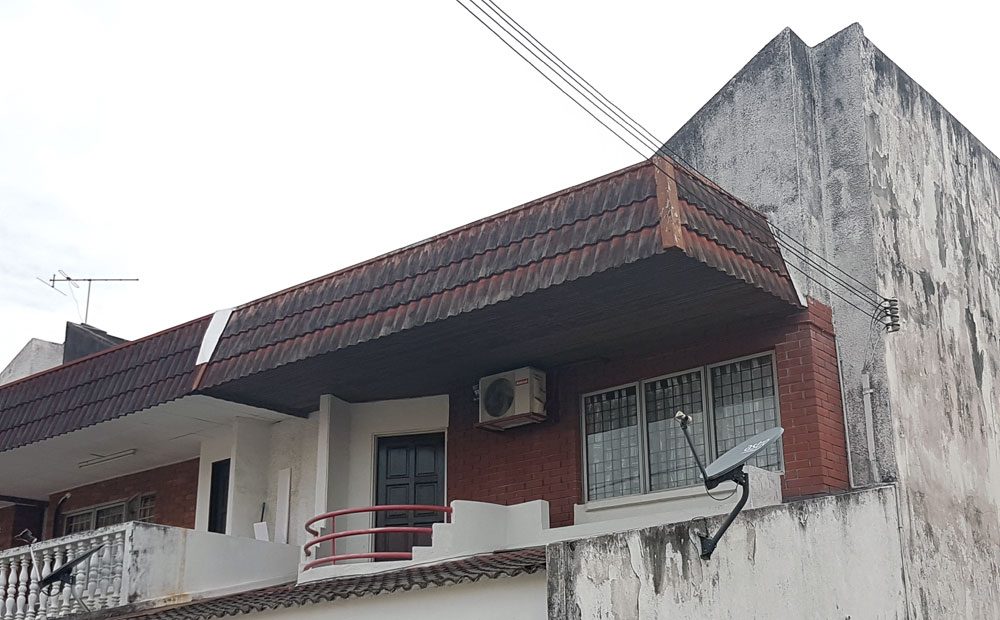
How much extra power do I get with 3-phase wiring?
Most residential homes come with traditional single-phase alternating current system that flows through 2 live wires and 1 neutral wire. Malaysia follows the British standard of 230 volts.
A 3-phase power on the other hand, delivers 415 volts and comes with 4 wires (3 active wires and 1 neutral wire), this means that instead of sharing one wire like a one-phase wiring system, each “phase” in a 3-phase wiring system draws its own individual power. This also means that you’ll get a combination of 3 single-phase power promising a strong, perpetual and smooth flow of AC.
Generally, single-phase power is more commonly found in domestic households, whereas 3-phase power is preferable for larger homes, industrial, office or business use because of the greater power requirements and demands (e.g.: heavy equipment with large motors and multiple air-conditioning units).
However, it’s increasingly common to find 3-phase power in newer houses, while it’s also not unusual to see single-phase powered homes upgrade to 3-phase power.
How to tell if I need 3-phase power?
Basically, you should consider switching to a 3-phase wiring for the following reasons:
- If you have a high electricity usage at home, or more specifically, if your electrical usage exceeds 50 amps or 10 kW
- If your circuit breaker is constantly tripping because of an overload of your supply
- You have an electrical machinery or device that consumes a lot of power
- You have 3 or more air conditioners running at the same time
- If your house has multiple plug sockets and water heaters, it’s advisable to switch to a 3-phase wiring as well to prevent frequent power trips and an overload of your fuse box
“Generally, if you have 3 or fewer air-conditioning units, and each are between 1 – 1.5 horsepower, you should be fine with single-phase power. But if the horsepower of your ACs are higher, consider changing to 3-phase to prevent power trips”
Ganesan, an electrician from Megah Global Electrical and Construction.
However, 3-phase power will NOT solve these problems:
- Your power frequently trips due to lightning
- Your power trips when you plug into a specific power point
- Your power trips when you switch on a specific appliance
In the cases above, the problem may be pinpointed to the appliance itself, or faulty circuit breakers.
“If you’re always experiencing power trips when there’s lightning, it’s usually down to two factors: either your earth wire or ELCB (Earth-leakage circuit breaker) aren’t working properly,” says Ryan, an electrician from MYSS Engineering.
Will an upgrade to 3-phase wiring lower my electricity bills?
No, it won’t. The tariff from TNB is the same whether you use single-phase or 3-phase power.
3-phase wiring increases your electricity supply. But as long as you have the same number of appliances, and you use it for the same amount of time, don’t expect your bills to reduce. Instead, try to find ways to cut down your electricity usage.
How can I upgrade my house to 3-phase wiring?
Before you upgrade, you need to submit an application to Tenaga Nasional. There are three options:
- You can submit your application online via myTNB service portal
- You can ask a qualified electrical contractor registered with the Energy Commission to submit the application on your behalf
- Or, you can submit at your nearest Kedai Tenaga
TNB will then inspect your property to determine whether an upgrade is possible.
“To upgrade from a single-phase power supply to a 3-phase power, you will need to apply through Tenaga Nasional (TNB) as they will be the ones who will send contractors to test and evaluate whether if upgrading to 3-phase power is a feasible option”.
Once approved, the actual upgrade involves two parts, external wiring, and internal wiring.
External wiring means bringing 3-phase power all the way to the outside of your house, up to the electrical meter ― and are wholly conducted and done by TNB. According to TNB, the price can range anywhere from RM300 to RM1,250. The price is determined by your house unit type as well if your connection cable is underground.
Internal wiring meanwhile, consists of wiring within your house to distribute each of the 3 power lines throughout your unit, and prices start from RM2,000 and can go up as high as RM10,000.
“The cost of upgrading starts from RM2,000 and can go as high as RM10,000. It depends on many factors, including the number of plug points in your house, the size of your distribution board, as well as the number and type of equipment that you are using, such as water heaters, ACs and ovens.”
How long does the upgrade take?
According to Ganesan, the application usually takes up to two weeks, while the external wiring upgrading process can be completed within a day.
“After that, you need to hire an experienced and skilled electrician to execute the internal wiring,
“The internal upgrading part should take another 2-3 days, but don’t worry because you’ll still be able to use electricity at home as this is usually done in different parts.”
Conclusion: Should you go for 3-phase wiring?
While upgrading to a higher power supply may seem like a better idea, it isn’t always necessary. A general rule is; upgrade if you expect to run more than 3 air conditioning units at the same time, or you’re always experiencing power trips from overload.
Most newer houses, or large houses will already have a 3-phase power supply. But if you are in an older terrace house, you may need to upgrade.
The upgrading process can take up to three weeks and may cost as high as RM10,000 depending on the size of your house. If you are set on upgrading your house to 3-phase wiring, you can read more information on upgrading your power supply from TNB’s website.


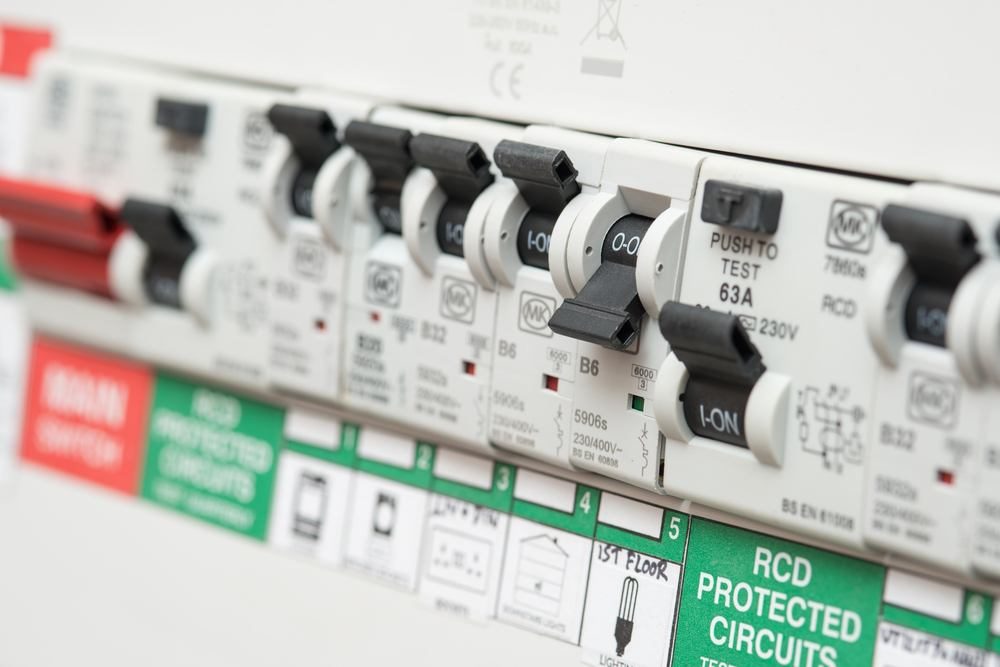

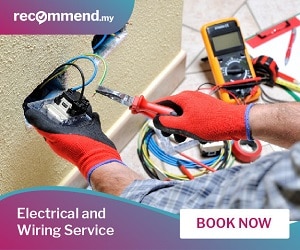

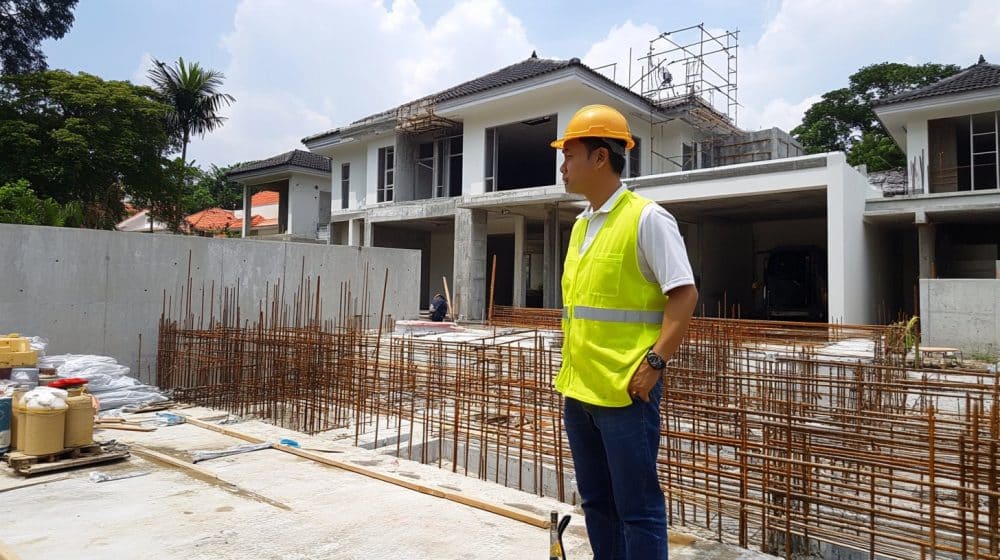
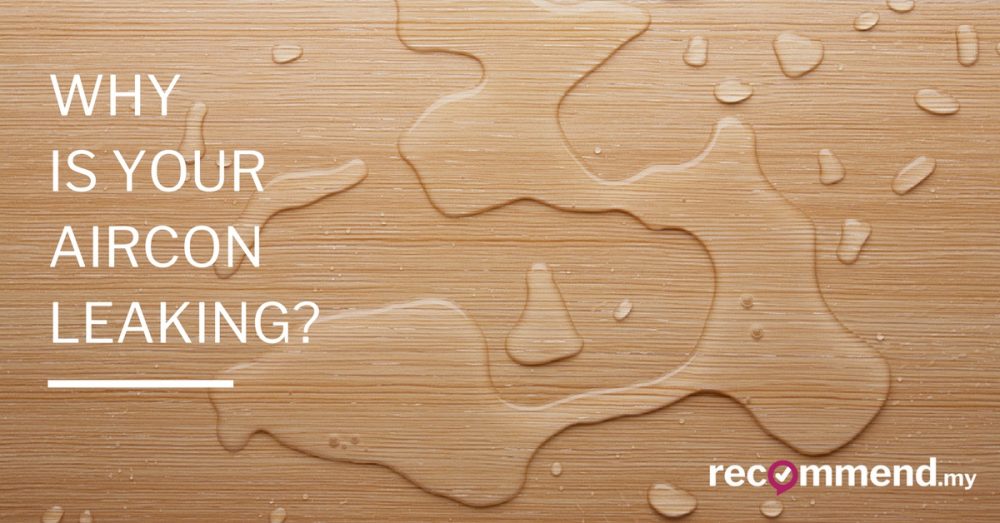
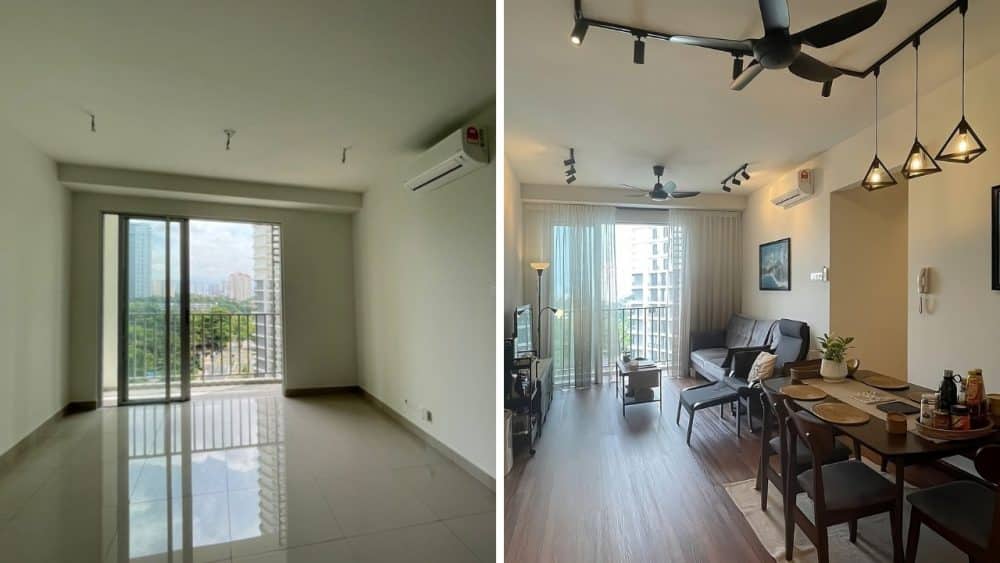
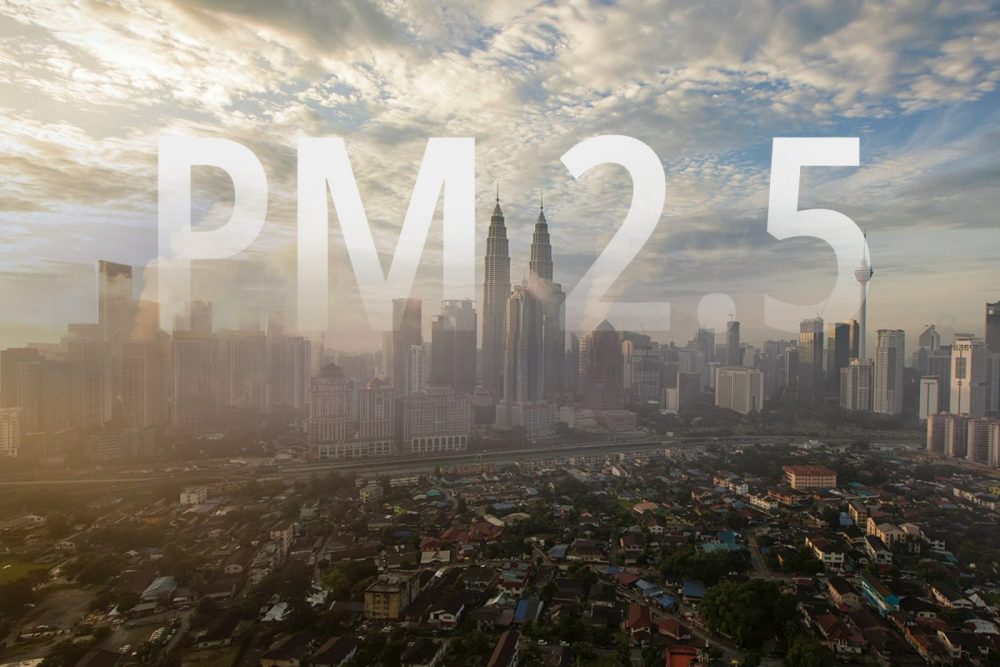
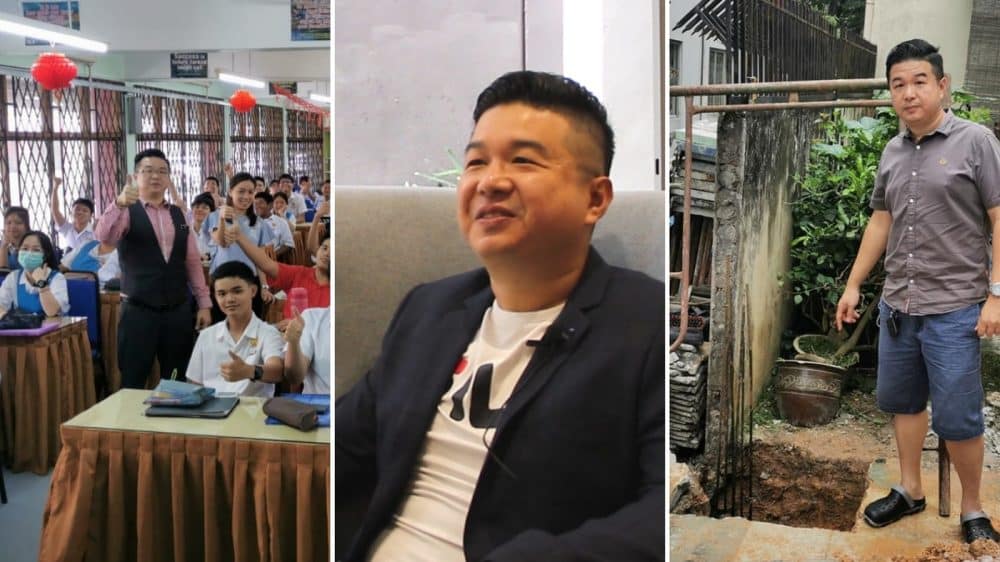
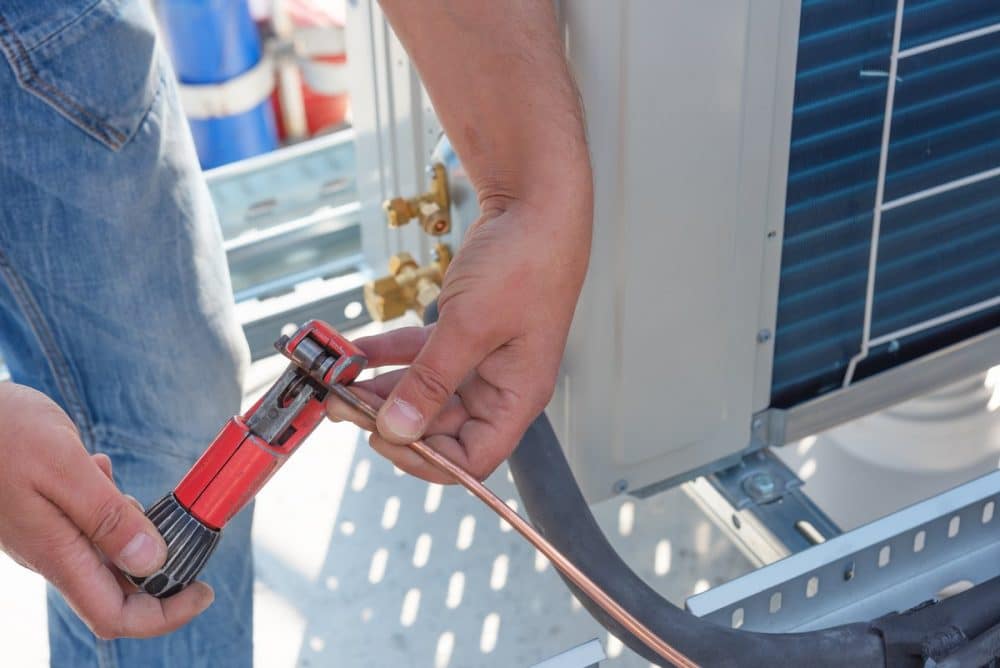
Hi Yen Joon. Nice article, except that I can see that you have absolutely no idea about electric power. The phases are indeendent and you can’t combine them; if you do, you get a two phase sc or a three pahes one, since they are spaced 120 degrees from each other… Well, go to electricity 101 for some clarifications…
if you know how to connect red yellow blue phase wires to your 3 phases device,
you can get 400vac input voltage if each phase voltage is 230v or
you can get 415vac input voltage if each phase voltage is 240v or
you can get 380vac input voltage if each phase voltage is 220v
Do I need to hack the walls to upgrade/replace the internal wiring?
Hi, Greetings, I installed an Ac Samsung brand with inverter in my room. The electrician explained that the aircond is running on neutral. The Ac switch does not function. I could on the aircond using the mobile control – Samsung brand .
After a week I find sparkles and cracking noises above the sealing. The technician informed I have to report to the developer as he does not know the layout of the wires running inside the house to detect the Ac switch wire to use the on/off switch. Please advise do I continue to use the Ac, and what can be the outcome of such an installation. In such case where else can I submit my complaint?
Thank
Regards
Alice
Pingback: How to Create a Safe and Comfortable Home (and Save Money Doing It) - Recommend LIVING
How much is to replace NCB box for 3 phase?
hello, may i know what is the installation cost of 3 phase and 1 phase? And the maintenance cost
Pingback: How much do electrical and wiring services cost in Malaysia? | Recommend.my
is there any guideline from TNB or ST that saying if you use 3 aircond automatically need 3 phase power…. base on power calculation, eg 63A equal to 14K watt…. so 1HP = 750watt / 6.5hp aircond’s equal up to 6000 watt, what are the logical that you need to upgrade if you are not fully utilize your 1 phase….. Can someone share their logic i need the fact and dont let your self get bullied by wiring man or contractor. They only need you for your money. Please advise.
You are absolutely correct, Mohammad Nazirul. Too many of these so-called “experts” around like this blog post. The only change I would make is that for a/cond, I would calculate 1 HP to be 1000W. “Why?”, you ask. Well name plate on a/conds usually about 4A for 1 HP. The 1 HP they state is the cooling power, (I think) so give a bit of overhead in your calculations.
You have to consider other eclectic product usage , lighting, Refrigerator +1000w, TV, PC, electric , water heater (+-3600W) .